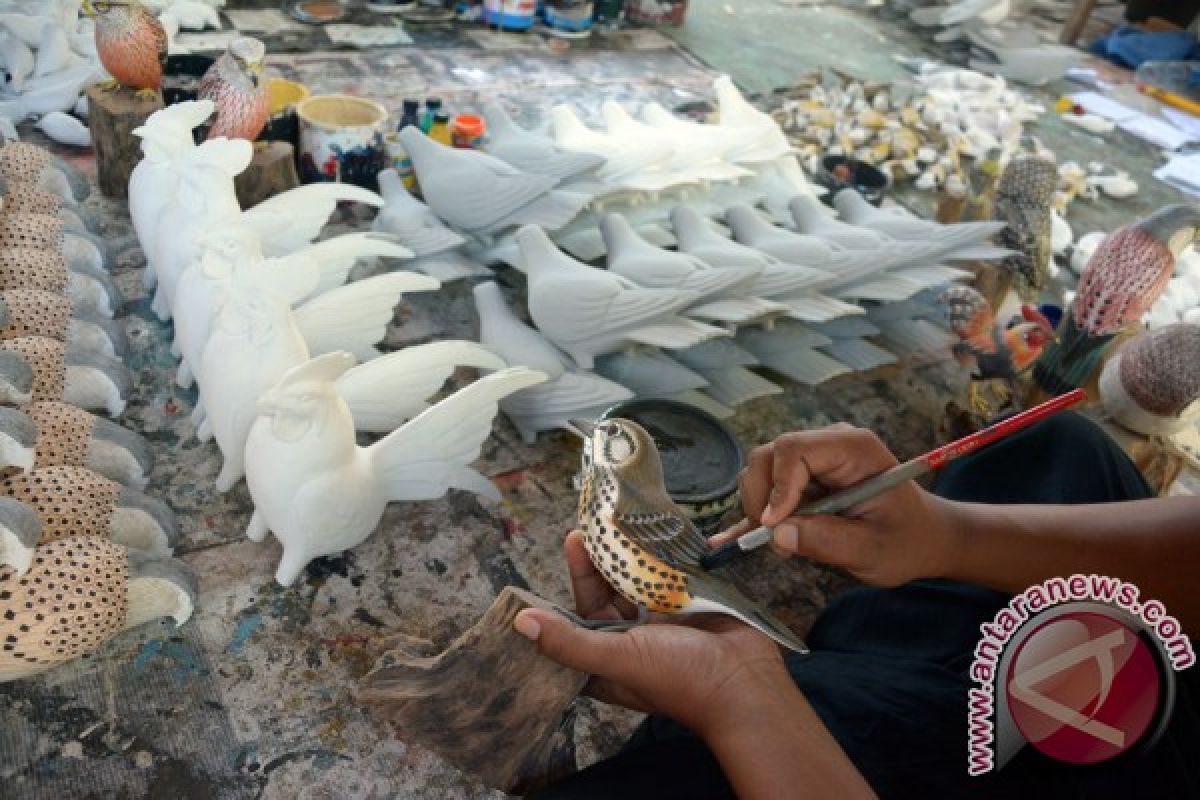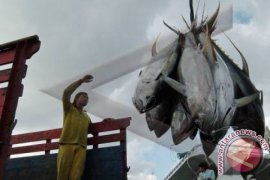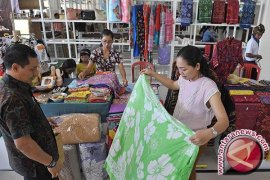"The products have now penetrated the global market, and as we have seen, Australia is our largest importer of furniture, followed by the United States, contributing 11.51 percent (of the total value of exports)," Bali BPS Chairman I Gede Nyoman Subadri noted in Denpasar, Tuesday.
Apart from Australia and the United States, Balinese furniture is also exported to Japan, at 4.76 percent; the Netherlands, at 3.34 percent; China, at 2.80 percent; Hong Kong, at 1.76 percent; Germany, at 1.30 percent; Thailand, at 0.66 percent; and Singapore, at 0.52 percent.
Meanwhile, other countries constituted 56.87 percent of the total exports, the agency noted.
According to Subadri, Balinese lamp appliances are popular among foreign consumers due to their simple and highly artistic designs.
He explained that the exports of Balinese lamp appliances had increased by 29.9 percent, or $840,793, from $2.80 million in September to $3.64 million in October.
The number of exports in October has also increased by 6.05 percent, or $2.72 million, from $44.97 million in September to $47.69 million in October this year.
In October, the trade of furniture contributed 7.56 percent of the total exports from Bali, Subadri remarked.
However, Bali's total exports had dropped by 11.31 percent, or $6.08 million, as compared to the same period last year.
Most Balinese lamp appliances exported overseas are handcrafted from bamboo and rattan.
Moreover, Balinese statues made from bamboo roots are also popular among foreign consumers, Subadri emphasized.
Subadri pointed out that most statues are handcrafted by sculptors from the districts of Bangli and Gianyar.
Meanwhile, the BPS also announced that the province had earned $1.34 million from the exports of handwoven fabric in Oct this year, increasing by 5.62 percent, or $71,398, as compared to $1.27 million recorded in September.
Balinese handwoven fabric had contributed 2.82 percent of the total exports worth $47.69 million in October.
Subadri stated that Singapore was ranked first as the largest importer of fabric, at 26.10 percent, followed by the United States, at 18.65 percent; Hong Kong, at 16.08 percent; Australia, at 8.76 percent; Thailand, at 6.38 percent; and China, at 1.02 percent.
Subadri noted that handwoven fabric had also penetrated the Japanese market, at 1.80 percent; Germany, at 0.68 percent; and the Netherlands, at 0.09 percent. (WDY)





